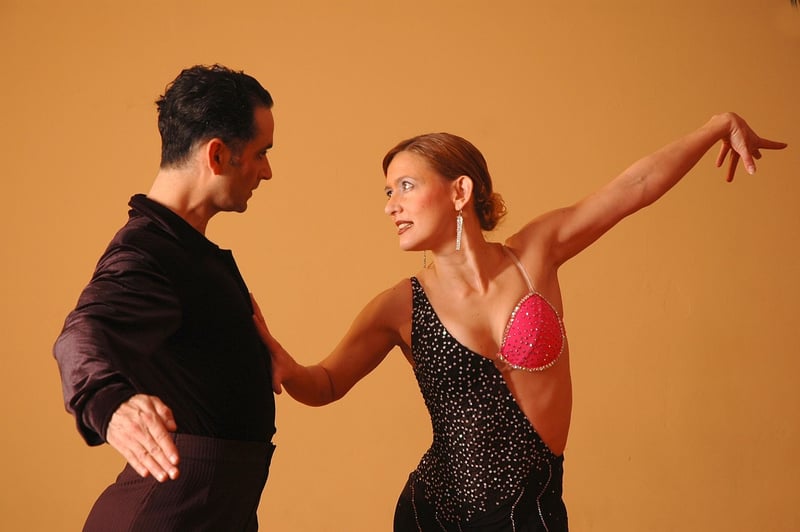Latin Dance
The Art of Expressive Movement in Latin Dance
Latin dance is not just about following steps; it's a form of artistic expression that captivates both the dancers and the audience. Through the art of expressive movement, dancers convey emotions, stories, and cultural heritage with every step they take.
Expressive Movement in Latin Dance
Latin dance encompasses a wide range of styles such as Salsa, Bachata, Merengue, and Tango, each with its unique characteristics and movements. What sets Latin dance apart is the emphasis on fluidity, passion, and connection between partners.
Key Elements of Expressive Movement
- Body Isolation: Dancers master the art of isolating different body parts to create fluid and captivating movements.
- Footwork: Precise footwork adds rhythm and flair to Latin dances, enhancing the overall performance.
- Emotional Connection: Dancers express a range of emotions through their movements, from joy and passion to longing and sensuality.
- Storytelling: Many Latin dances tell stories through choreography, allowing dancers to embody characters and convey narratives through movement.
The Impact of Expressive Movement
Expressive movement in Latin dance goes beyond technical skill; it creates a profound connection between dancers and their audience. The energy, emotion, and storytelling woven into each movement leave a lasting impression and evoke powerful feelings.
Benefits of Embracing Expressive Movement
- Enhanced Creativity and Self-Expression
- Improved Emotional Well-being
- Stronger Connection with Dance Partners
- Cultural Appreciation and Understanding

Whether you're a seasoned dancer or just starting your Latin dance journey, embracing expressive movement can elevate your dance experience to new heights. So next time you hit the dance floor, remember to let your emotions flow through your movements and tell your story through dance.
Explore the world of Latin dance and unleash the power of expressive movement!
